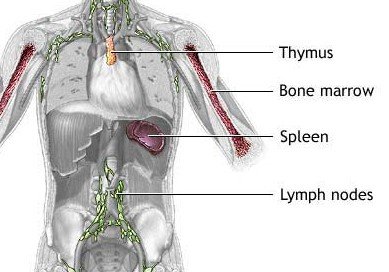Beating Disease and Staying Healthy
3 min read
Barriers to Infection
The human body has to protect itself effectively against tiny bacteria and viruses (otherwise known as “germs”) that can cause disease—especially since they would otherwise find it a particularly easy environment within which to settle and multiply due to the free ‘food’ and shelter available.
There are a number of ways to keep the body free from infection—one of the simplest, and most effective, is to create a physical barrier. For instance, the skin is very effective at blocking germs. In addition, certain substances produced by the body, such as saliva and tears, contain molecules that can neutralise germs, further enhancing the barrier effect.
In other parts of the body there are greater challenges, For instance, in the lungs, gases from the air need to be able to get into the body, so there is only a thin layer of tissue separating the air from the bloodstream. This could easily become a route for harmful bacteria and viruses to enter the body too. So, a sticky substance called ‘mucus’ coats the lining of the lungs and helps to capture germs and other foreign particles. Once captured, tiny moving hairs that also line the airways (known as cilia), transport the captured material away from the sensitive areas.
Similarly, in the gut, food needs to be absorbed easily into the bloodstream, so, again, the gut wall is relatively thin—so this is another area where security could be breached. As we shall see, the body has ways of dealing with these problems.
When Security is Breached, Your Immune System Steps In…
Sometimes, these methods aren’t quite enough and germs are able to invade, so the body has to find other means to combat them.
Here it is useful to remember that, although in terms of size, the human body is relatively large, it is actually composed of millions upon millions of tiny cells knitted together. These cells tend to be specialized for a particular purpose and organized into ’tissues’—think of brain cells, skin cells and muscle cells, for example. Similarly, there are also specialized cells responsible for defending the body against invading germs – those that have managed to get through the barriers described above and enter tissues or the bloodstream, for example.
Some of these specialized cells are actually part of the tissue barriers we have just described, and are able to detect invaders as soon as they arrive. Other specialized cells spend their time moving around the body looking for signs of infection, or sit in particular areas of the body (such as in the lymph nodes or in the spleen) waiting for signs of infection to reach them via the blood circulation.
Single cells, being so small, are closer in size to germs and can often deal with them directly—and there are also other, even smaller, molecules that can also target bacteria and viruses.
These specialized molecules, cells, tissues and organs together form the immune system—and it is found throughout the body.



